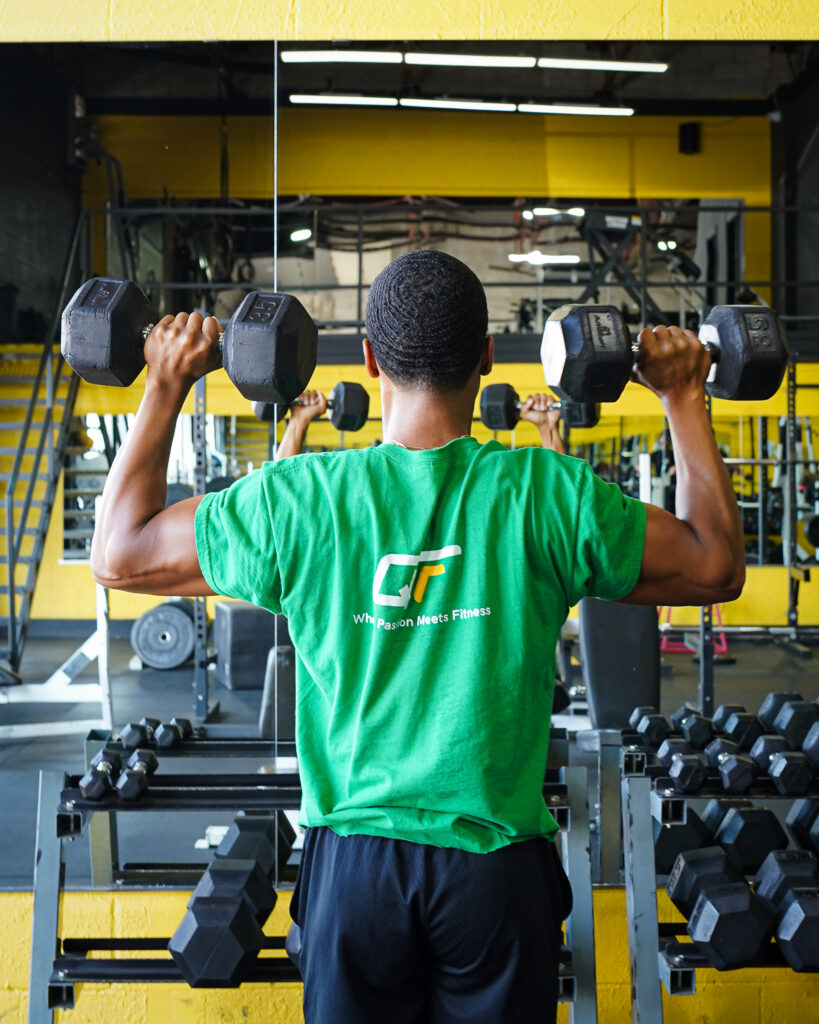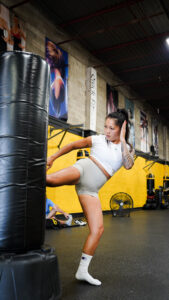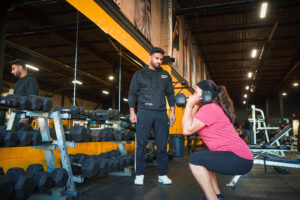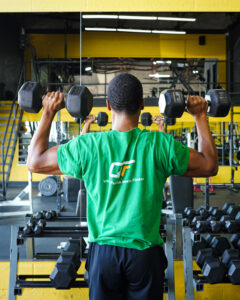The most common goal I hear as a trainer, regardless if its from men or women, young or old, is to have “abs”. It comes in all sorts of names : abs, six pack, toned stomach, tighten up the mid section, a better core, etc.
I must say I can’t blame them. After all, the mid section is the center piece of a physique. The visual anchor that holds everything else together. So once we’ve established that “ visual abdominals” are a goal, its time to go to work.
But what does that “work”, actually look like? Many of times at the end of their sessions, clients will voice their concerns that we didn’t do any “ab exercises”, or we only did planks. At first I was sort of baffled by these prompts, but soon realized that science of actually having a visible six pack is not a simple explanation. So, lets attempt to tackle the main factors that will have your abs showing, and what popular myths wont actually help you achieve this goal.
The first point I try to get across is, everyone has abs already, the limiting factor is how much fat mass you have sitting on top of them. Inorder to actually see your abs, your going to need to have a low percentage of body fat. Individuals can range on exactly what that percentage is, but the fact remains, lowering your overall body fat percentage is the number one factor on whether or not someone can see your abs. Doing countless ab exercises wont necessarily hurt you, but it isn’t a major catalyst for burning body fat. It may improve the conditioning of your core and help performance for certain exercises, but in terms of increasing your metabolism, it’s low on the totem pole. That’s a huge factor as to why your trainer isn’t going to have you doing twenty minutes or ab exercises during your workout.
So if doing countless leg raises and sit ups isn’t going to help, what exercises will? This is typically where my clients have a difficult time in believing what I say. We know that lowering our body fat percentage is the key to abs, so how can we lower or body fat percentage with exercise? Well most people who work with me only exercise 1-3 times a week. Which isn’t great, but is much better than anyone sitting on the couch. With such limited time in the gym, working the entire body from top to bottom with high intensity exercises is the best way to go. This means working shoulders, chest, back, triceps, biceps, core, glutes, quads, hamstrings, and calves. Basically every single body part. However, not all body parts are equal. Legs have much larger, stronger muscles that are capable of lifting much more weight than a bicep for example. Placing a larger emphasis on these big muscle groups such as shoulders, chest, back, and legs, will cause a much more prominent increase in your basal metabolic rate. Essentially, causing you to burn more calories throughout your day regardless of what you’re doing.
Does that mean you shouldn’t spend any time actually focusing on your abs in the gym? That’s a usual question I hear at his point in the conversation. The in depth answer is this. We have to ask what is the actual function of the core, yes the core, not abs. People tend to forget that there is a lower back section of your core that works in unison with your abs. The core is there to stabilize. That’s why planks are the most effective exercise for core. But what if we could make your core have to stabilize throughout your workout? That would be the best of all worlds. Working large muscle groups, full body exercises, increasing your metabolism, lowering body fat, and having your core work to stabilize at all times. Some exercises that do this could be : walking Dumbbell lunges, Barbell Squats, Sprints of any kind (running / bike / swim), push ups with a dumbbell row etc. So this is why it may seem like your trainer hasn’t done any “ab” exercises, but in reality they have executed an abundance of core exercises that has engaged all the muscles in that region.
Theres an elephant in the room, and its name is nutrition. Since the focus of this article is about exercises that are done in the gym, were not going to touch on that subject any more then simply stating it plays a massive role in having visible abs, maybe even more so then exercise. However when complimented together, it’s the best strategy for achieving that goal.
At the end of the day, getting abs isn’t about endless crunches, it’s about working smarter. Training your full body, challenging those big muscle groups, and building a strong, stable core will take you much further than a hundred sit ups ever could. Pair that with smart nutrition choices, and you’ll set yourself up not just for abs, but for strength, health, and confidence. So next time your trainer skips the “ab exercises”, trust the process they’re guiding you toward results that actually work.







